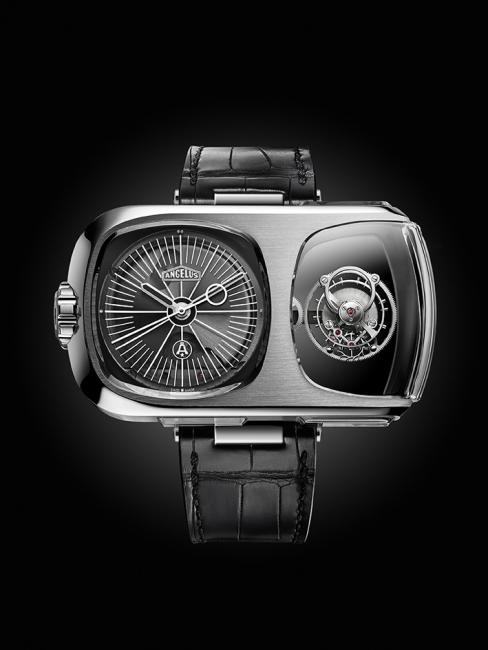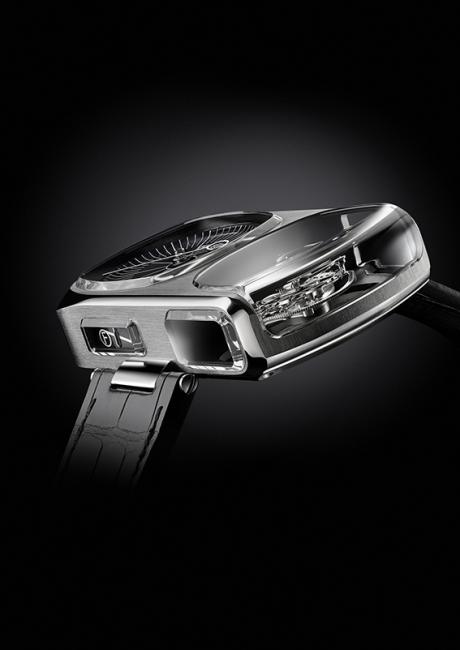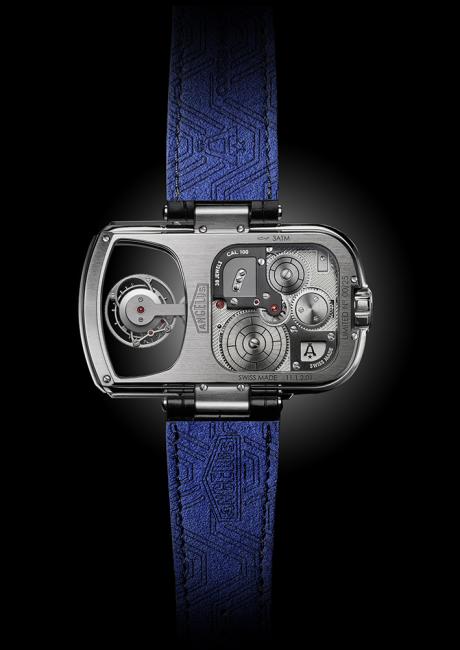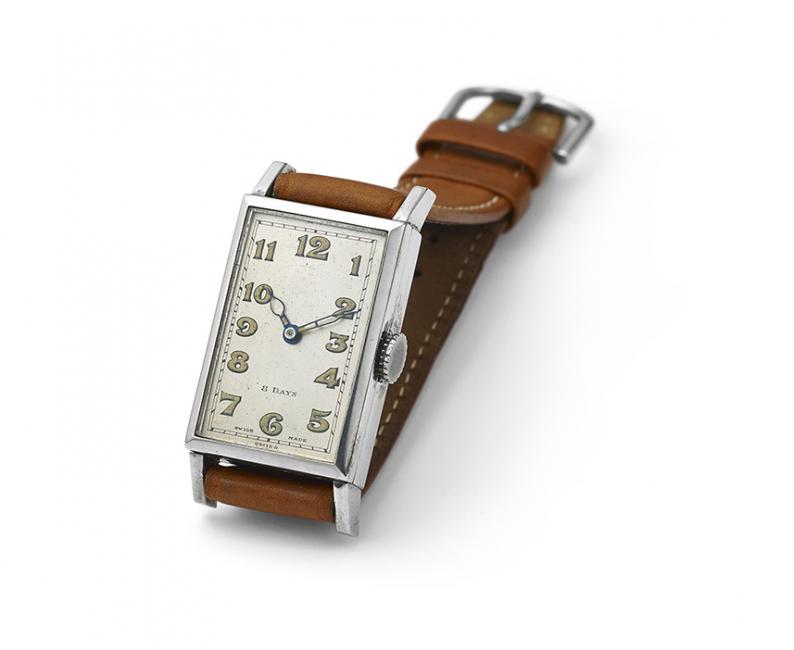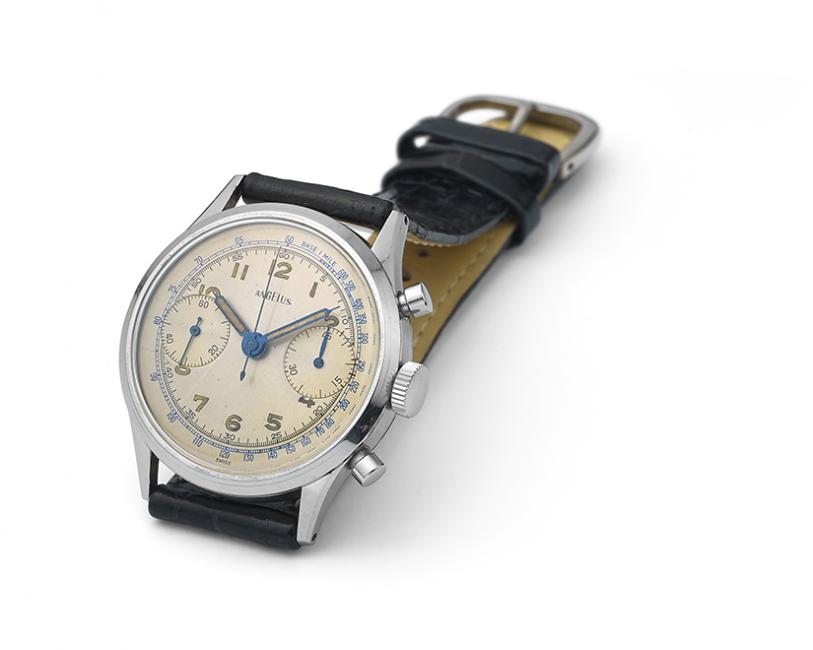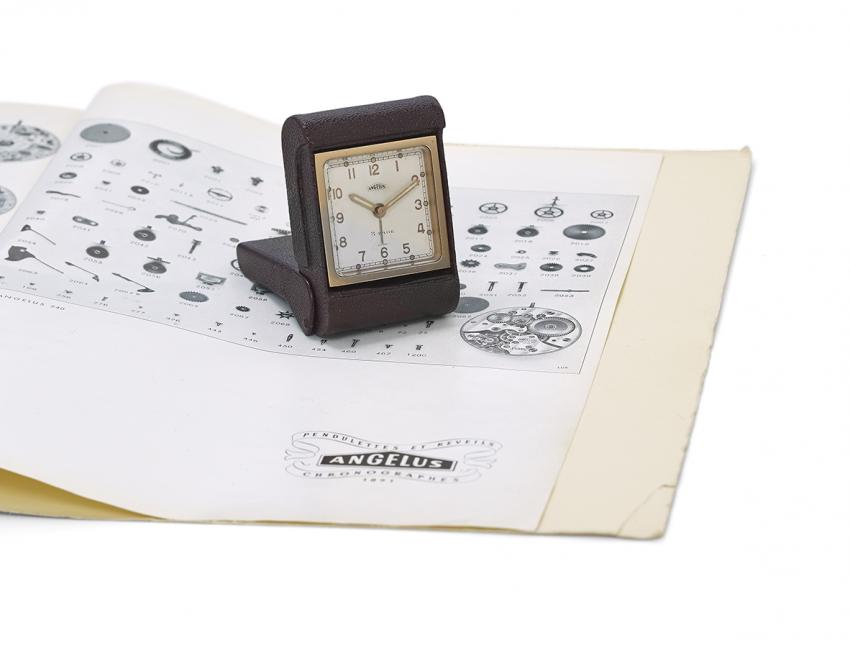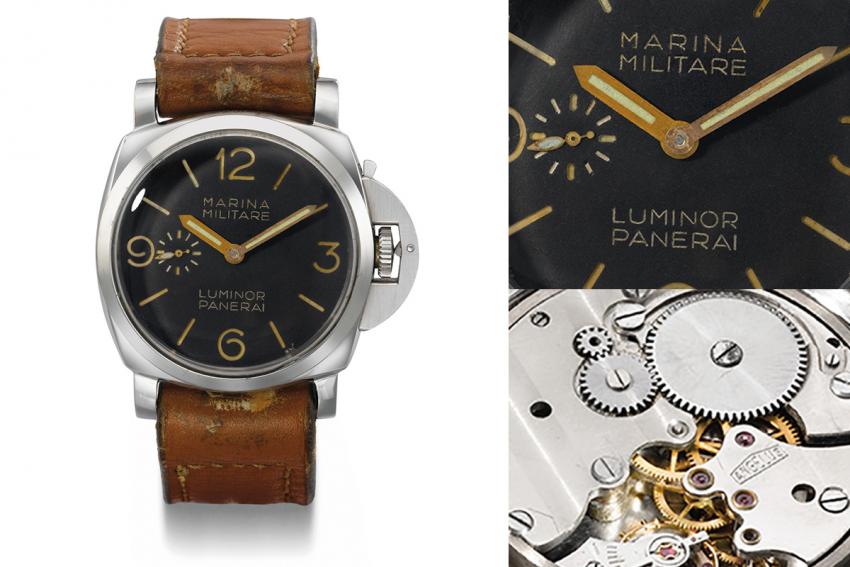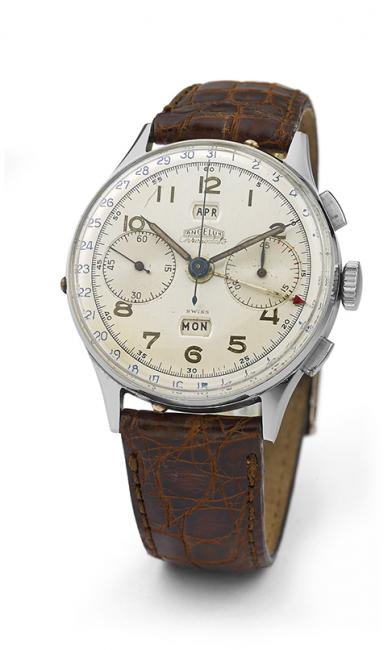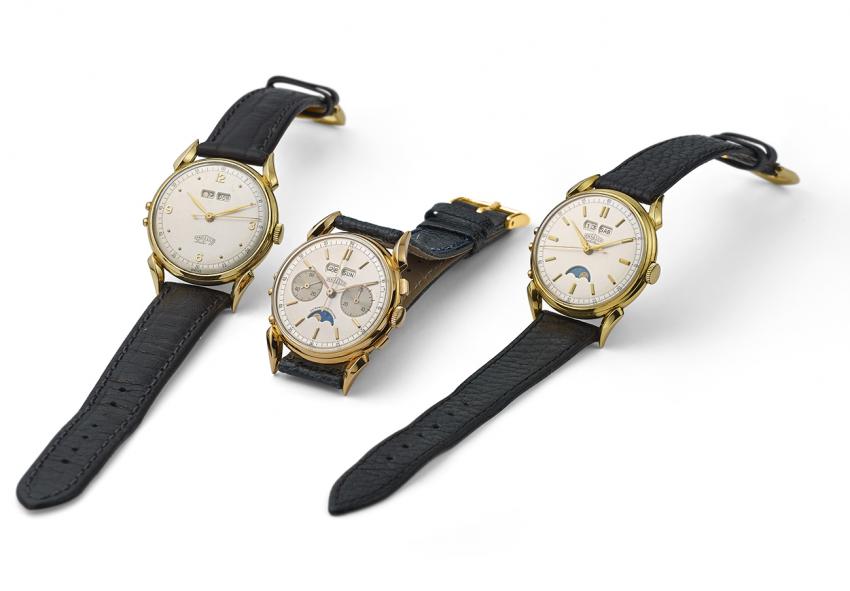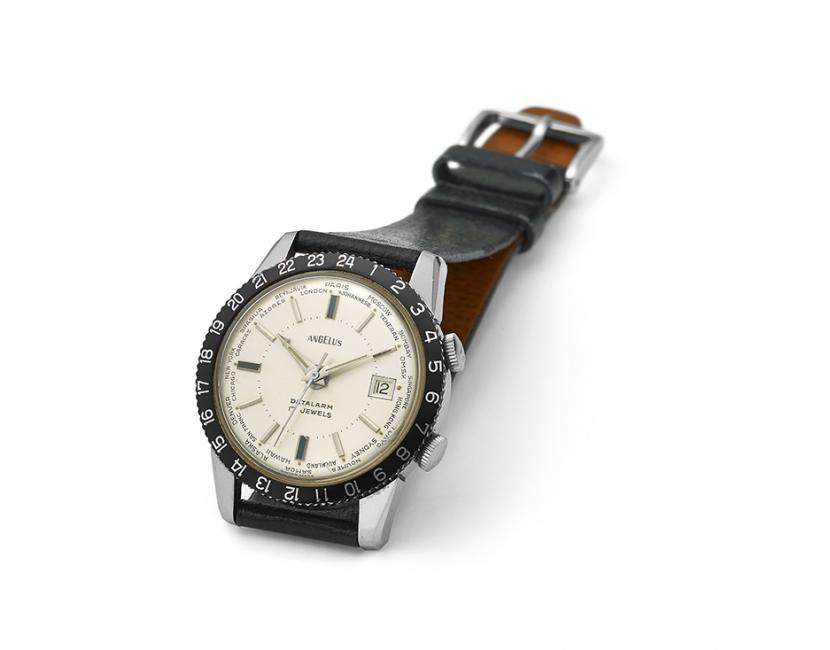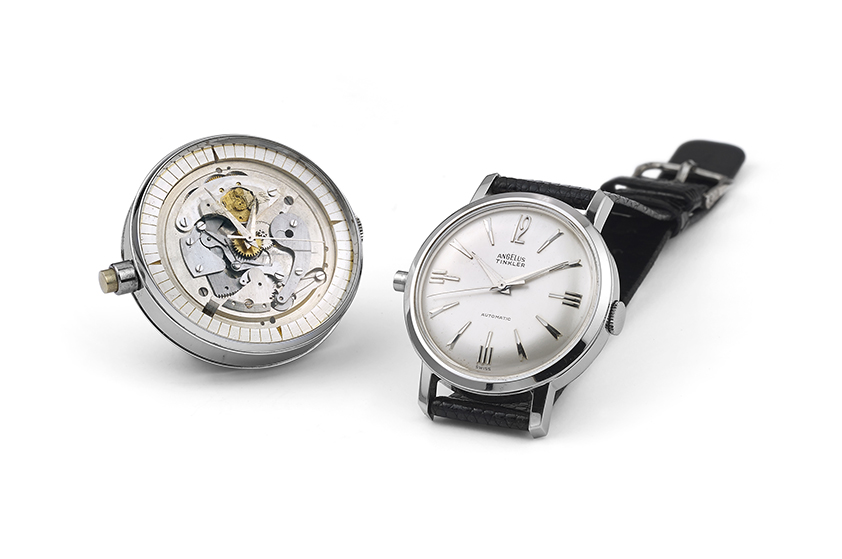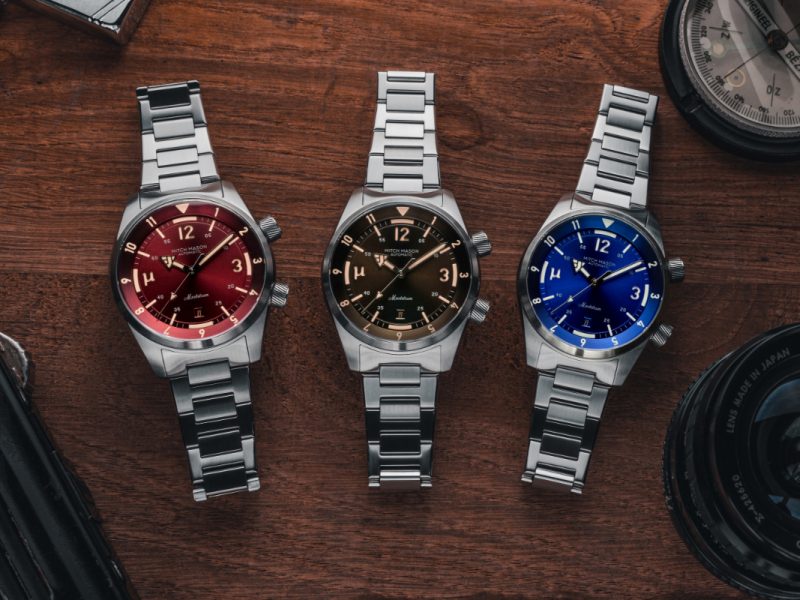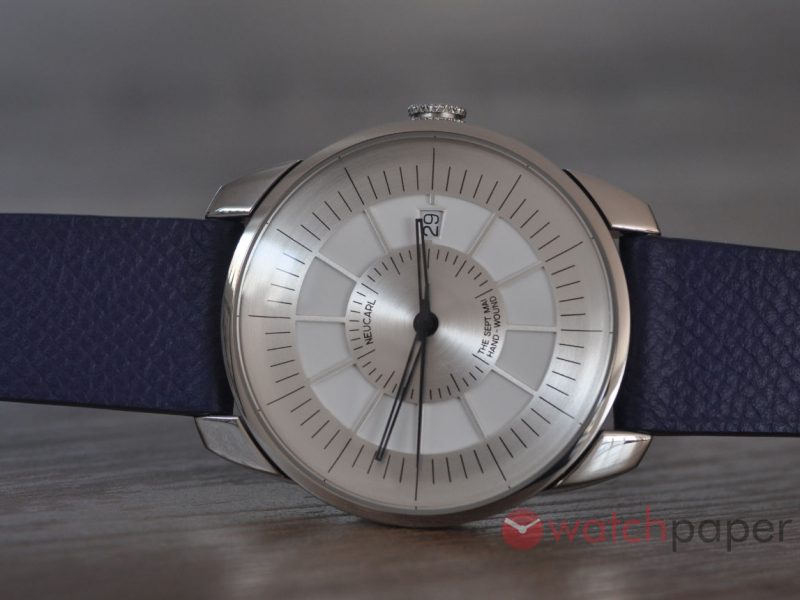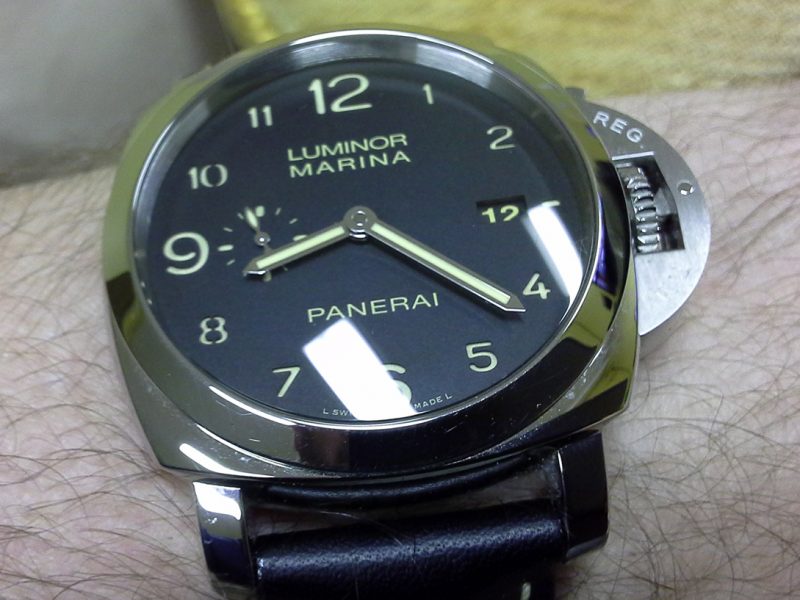Swiss watch brand Angelus is back with a tourbillon
The Angelus name is very well known to connaisseurs of vintage pieces, many of their watches and clocks are in high esteem among collectors. They were among the many Swiss brands that did not survive the quartz crisis and went dormant in the seventies, until this week, when they marked their rebirth with the announcement of the limited edition U10 Tourbillon Lumière.
In the past few years, we saw many established brands relying, probably way too much, on their heritage, launching a series of new timepieces that closely follow the look of their previous successes. When the word got out that Angelus will be back in the game, many people were expecting a watch that looks more or less the same way as the old Angelus watches, like the Chronodate or the iconic Tinkler. (We’ll go trough some of their important models from the past, at the end of this article.) The surprise was great when the U10 Tourbillon Lumière was revealed.
Angelus, chose to take cues from the past but use them in a timepiece with a very modern design, presenting an oversized, one-minute flying tourbillon, which is offset from the movement. Thanks to the unique shape and the use of seven sapphire crystals — all bevelled, polished and subtly protruding the case — the tourbillon can be admired from five different angles. The generous overview of the movement and the tourbillon gave the name of the watch Lumière, which means light in French.
Angelus’ Head of Development Sébastien Chaulmontet reveals that the configuration of the tourbillon was his starting point when designing the U10 Tourbillon Lumière:
“We always first think of the final design of the watch that we wish to create. For the U10 Tourbillon Lumière, we wanted a large tourbillon displayed on its own in a sapphire showcase. In order to realize the design we had to develop a new movement from scratch, with the tourbillon configured apart from the rest of the movement. The case and the movement then went through several phases of development so that they worked perfectly together, both technically and visually, before arriving at the final, emphatically sculptural, result.”

A profile view of the Angelus U10 Tourbillon Lumière, will reveal a linear power reserve and a side-view of the tourbillon
Angelus was known for the long power reserve of its watches and clocks, the A100 calibre with its 90-hour power reserve is quite impressive, considering the energy required by the one-minute tourbillon and it doesn’t fells short of its predecessors.
The 62.75 mm x 38 mm x 15 mm case is built using BO-988 stainless steel, a higher quality than the usual 316L, fewer impurities, is less liable to corrode and is more biocompatible. Its finer grain size allows for a better standard of polishing and higher level of finish.
Recognizable in the design of the hour-minutes-seconds display and tourbillon vitrine is the influence of the borderless convex screen of the Doney 14 transistor TV designed by Richard Sapper and Marco Zanuso for Brionvega. The perpendicular kink in the large wrap-over crystal of the tourbillon vitrine is also reminiscent of the shape of Sapper and Zanuso’s Algol television from the same company.
The Angelus U10 Tourbillon Lumière is limited to 25 pieces.
A few important Angelus timepieces
Angelus was founded in 1891 by two brothers, Albert and Gustav Stolz – distinguished watchmakers and former students of Henri Sandoz who was director of the Tavannes Watch Company. The manufacture was established in Le Locle, a Swiss city famous for high-end watchmaking.
1930 Angelus starts selling the smallest – only 32 mm x 21 mm (10.5 lines) – 8-day movement in the world with an excellent precision of +/- 1 minute per week. This movement actually has a potential power reserve of 10 days. It remains the smallest 8-day movement in the world to this day.
1935 Angelus begins making two-pusher chronographs based on 29.33 mm and 33.84 mm (13 and 15 lines) manufacture movements with 30- or 45-minute counters. The first two-pusher chronographs appeared in 1933 and were made by Breitling, however the complication only becomes widespread after 1935, with Angelus and Universal prominent exponents of this type of chronograph.
1936 Angelus launches caliber SF240, the smallest 8-day alarm movement then available. This movement is also produced without alarm function.
1937 Angelus launches the Foursome compact table clock, featuring an 8-day power reserve, automatic calendar, barometer, and thermometer.
1939 Angelus 8-day caliber SF240 is chosen by Panerai to equip watches for the Italian navy. Panerai watches equipped with the Angelus caliber SF240 can be recognized by the small seconds at 9 o’clock. This now iconic Panerai design element can be directly attributed to the Angelus caliber SF240.
1942 Angelus causes a sensation in the world of watchmaking by launching the world’s first series chronograph with calendar. Initially christened Chronodate, then Chronodato from 1943 onwards, this remarkable chronograph is equipped with the 32.8 mm (14 lines) calibre SF217, which was derived from the calibre SF215 launched earlier in the year – and features 17 or 19 jewels and a 45-minute counter.
Chronodato’s date is indicated by a central hand pointing to a chapter ring on the periphery of the dial; day and month are respectively displayed in windows at 6 and 12 o’clock. The Chronodato rapidly becomes Angelus’ top selling watch and goes on to become an icon of Swiss-made chronographs.
With the exception of a few non-production models made by Patek Philippe featuring a calendar in 1937 and perpetual calendar in 1941, this was the first time that the date appeared on a production chronograph wristwatch.
1948 Angelus launches a new chronograph movement, the 27 mm (12 lines) calibre SF250 with 30-minute counter. This development paves the way for the brand’s masterpiece, the Chrono-Datoluxe.
The Chrono-Datoluxe is the world’s first series chronograph featuring a digital date display. It was at the same time the first wristwatch chronograph with a big date – two Arabic numerals, each one on a discrete, coaxial disc, displayed in a window at 12 o’clock, with the day also displayed in a window next to the date. A moonphase at 6 o’clock completes the indications.
Angelus also made non-chronograph calendar watches both with moonphase (the Datoluxe) and without (the Dato 12) derived from the Chrono-Datoluxe calendar complication.
1956 Angelus launches the Datalarm, the first wristwatch ever featuring both alarm and date function, the latter displayed in a window at 3 o’clock. The Datalarm comes in different versions, including a world-timer with 24-hour chapter ring on the bezel and, inside on the dial, the names of 24 cities, each representing a world time zone.
1958 Angelus launches an extraordinary wristwatch, the Tinkler, which is both the first ever automatic repeater wristwatch as well as the first waterproof repeater wristwatch. The Tinkler’s repeater mechanism – activated by a ‘pump’ pusher similar to that used in Angelus’ waterproof chronographs – strikes on the hour and quarter hours.
The Tinkler is so ahead of its time that only approximately 100 pieces were produced. This rarity means that the Tinkler becomes highly sought-after by watch collectors years later.
You can find Angelus online at www.angelus-watches.com or you can follow them on Facebook, Twitter and Instagram.


